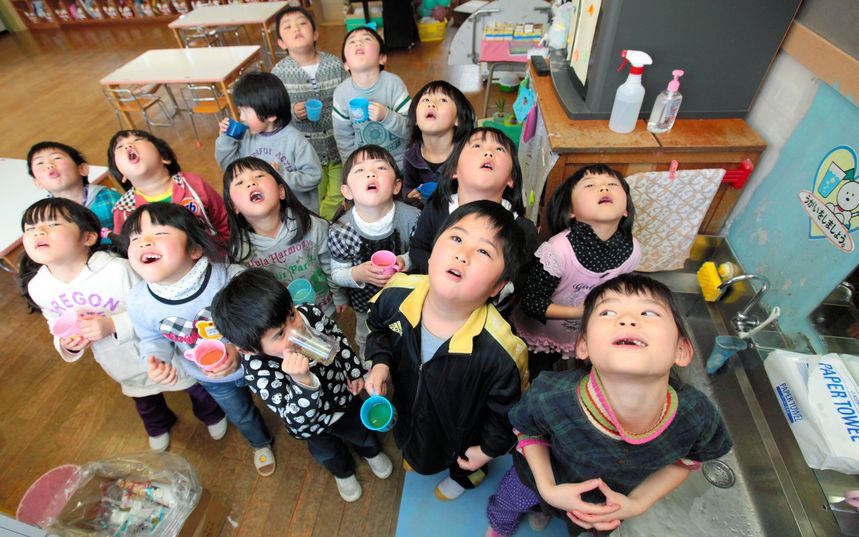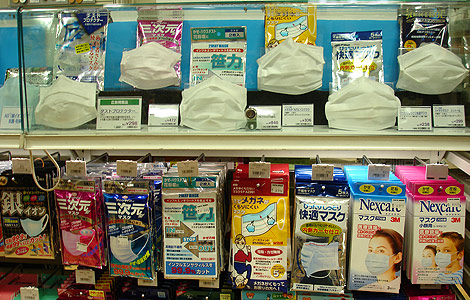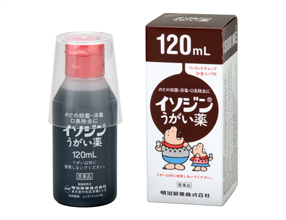Bathrooms, masks, and germ prevention in Japan

One of the things that surprised me about Japan how they prevent germs.
Let’s start with public bathrooms. I’d say the 90% of public bathrooms (most common at train stations) don’t have paper towels, hot water, OR soap. I’ll go through these one at a time:
- Paper towels or hand driers. Mostly to reduce waste and energy. Some people carry around a personal towel (tenugui) to dry their hands, but as evident from the water drops on the floor near the exits, it’s not very common. Annoying, but somewhat understandable.
- Hot water. Heating hot water can be expensive and many people believe it’s not significantly more effective than using cold water. But that assumes you’re using soap which leads to number three…
- No soap. Why Japan takes so many other preventative measures and doesn’t have soap available is hard for me to understand. I’m at a loss for words.

Other germ prevention methods
During my second week at work everyone went around and suggested what they would do to prevent the flu from spreading. I naturally said getting a flu shot as that is the most common method in the United States.
The most common answer was wearing a mask which is very popular in Japan. Some people wear a mask every day whereas I’ve seen others never wear one.
This is for two main reasons: when you are sick and don’t want to pass it along to others and when many others are sick (like during flu season) and you don’t want to catch it. It’s actually pretty considerate and it makes sense – it’s just different. The masks are sold in convenience stores and some have decorative designs.

Another coworker mentioned gargling to prevent the flu – something that took me awhile to understand what they meant. From what I’ve read, many students in elementary school are taught from a young age that gargling is part of the hand washing process.

It’s most common to use water, but many people mix iodine in a cup and gargle that. In fact, at work we have an iodine dispenser with paper cups.

But whether using a mask or gargling, the juxtaposition with poor bathroom conditions is puzzling. If it was common one way or another at least it would make sense. Just one more cultural difference that takes some getting used to.
Do people bring their own soap?
I’ve never seen someone bring their own soap. I’m sure some people use hand sanitizer but it’s certainly not common. I think part of it is a cost saving measure. Like the lack of trash cans, if Japan can find a way to reduce consumption (even if it’s at the public’s expense) they will.
I remember red iodine from when i was a kid. I would have thought iodine would stain? Is it so watered down its not an issue?
Hmmmm, I’m not sure – I haven’t tried it yet. It does look like its diluted in the provided paper cups. I believe there’s a rinse afterwards as well so I guess the staining isn’t very significant. I’d read the directions if I could.